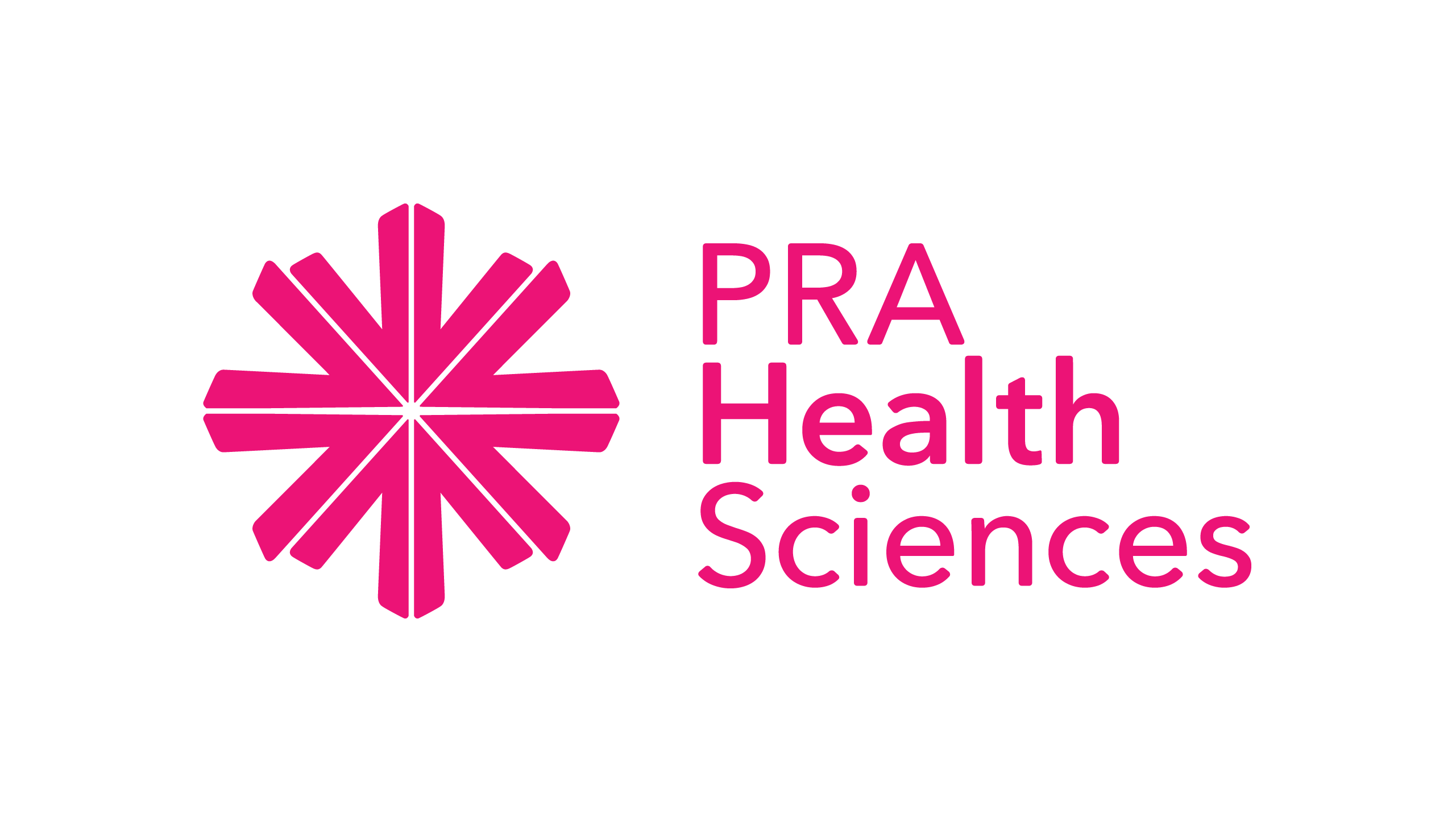How the Pandemic Is Revealing the Power of Remote Patient Care
 The COVID-19 pandemic has been a catalyst for change, including the use of remote patient monitoring (RPM) and telemedicine, tools that could have been implemented much sooner. Below, learn how self-management can help improve healthcare for both patients and providers.
The COVID-19 pandemic has been a catalyst for change, including the use of remote patient monitoring (RPM) and telemedicine, tools that could have been implemented much sooner. Below, learn how self-management can help improve healthcare for both patients and providers.
A Greater Need for Self-Management
If COVID-19 has taught us anything, it’s that patients can indeed be cared for in their homes. The current healthcare system has proliferated the notion that, in order to receive quality healthcare services, you must be in a hospital or traditional clinic. Today more than ever, there’s a rapidly growing need for a different model of care.
For decades, our healthcare system has followed a paradigm consisted of patients being dependent on their physician for the management of their conditions. In reality, though, we should continually encourage self-management as much as possible. Not only does it enable more home-based care, but patients feel more empowered and confident when they learn how to self-manage components of their condition, which can lead to better outcomes, too.
Self-management is one of the key behaviors that’s improved when a patient participates in an RPM program. The benefits of RPM extend to providers, too. Physician offices are often inundated with phone calls, appointments, and patients in need of care; thus, the more that patients can be self-sufficient, the less frequently they’ll feel compelled to visit the office. For virtually any health condition, there are components that can be managed at home with the appropriate guidance and oversight.
As COVID-19 has halted many of life’s normal activities, so too has it accelerated the demand and need for care in the home. In this era of Amazon Prime and Instacart, where convenience is king and people have the power to interact on their own terms, how we spend our time is meaningful to us—and healthcare can be treated the same way.
The Value of Remote Patient Care
COVID-19 has quickly forced our healthcare system to recognize the value and meaningfulness of remote patient care. It has also forced hospital systems to review criteria and conditions that define who requires hospitalization and who can be treated at home. Currently, there are RPM solutions that are uniquely positioned to assist with both concerns, arming clinicians with tools to virtually monitor a patient’s vital signs, review current symptoms, and even interact face to face via virtual visit technology.
In the current setting of COVID-19, being in a hospital can be actively harmful by increasing the risk of patient exposure to the virus. Patients are more comfortable at home anyway, and RPM provides an effective and efficient mode of healthcare delivery that’s more convenient and less taxing on the patient.
The negative impact that COVID-19 has created globally will forever impact our lives, but there are many positives emerging from this pandemic. The importance of RPM and the growing acceptance of remote patient care is one of them.

